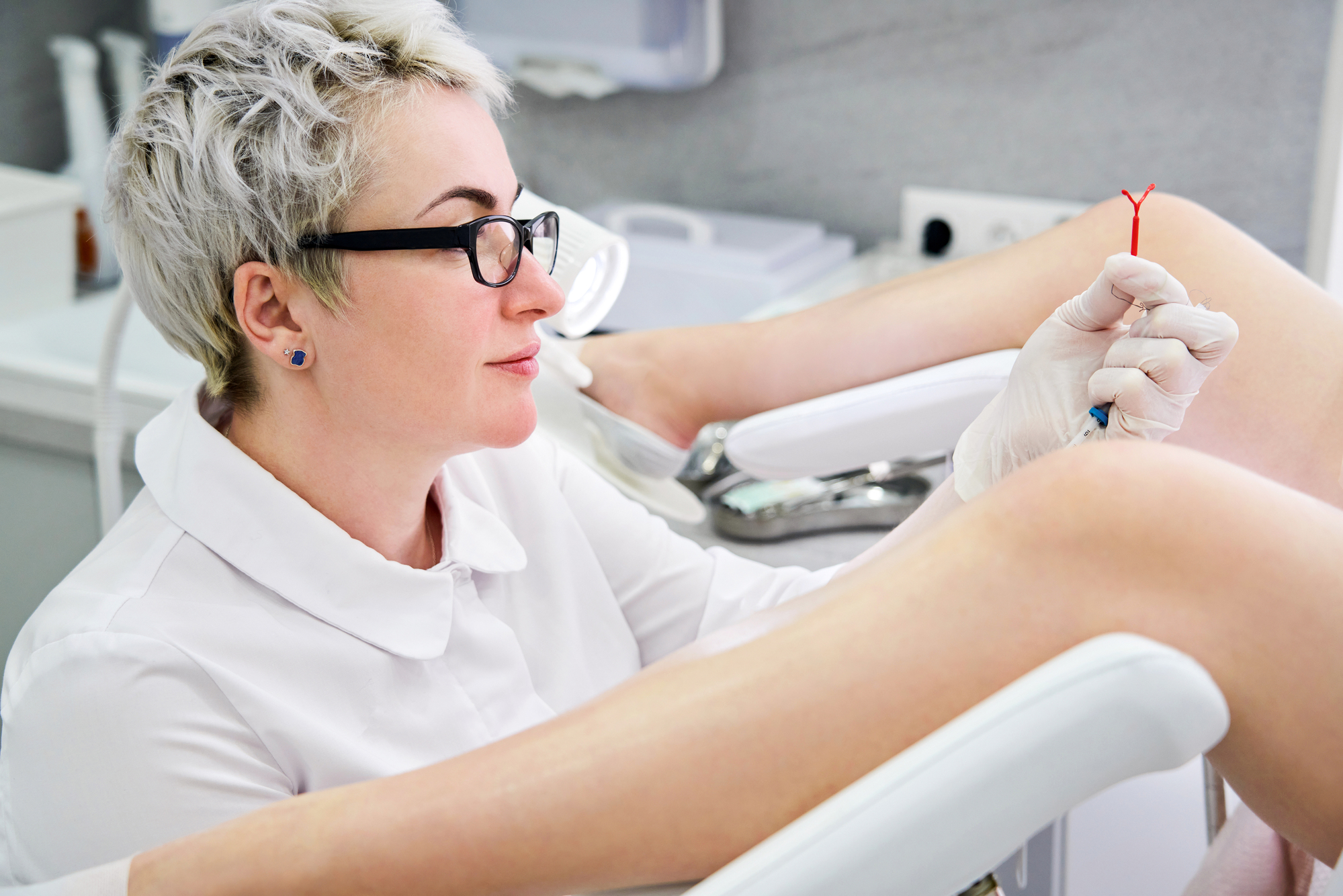Effectiveness, Duration, and Fertility Return of Copper and Hormonal IUD
The Copper IUD is approximately 99% effective in preventing pregnancy. It works by releasing copper ions into the uterus, creating an environment that is toxic to sperm and prevents fertilisation. This type of IUD provides long-term contraception, lasting up to 5 to 10 years, depending on the specific brand and recommendations from your healthcare provider. A significant benefit is that fertility typically returns immediately after the copper IUD is removed.
The Hormonal IUD, on the other hand, boasts a slightly higher effectiveness rate of about 99.8%. It releases a small amount of progestin hormone, which thickens the cervical mucus and thins the uterine lining, effectively preventing pregnancy. The duration of use for hormonal IUDs lasts up to 5 years. After removal, most women find their fertility returns within 1-3 months, although this can vary slightly, with some women experiencing a longer wait.
Copper vs Hormonal IUD: Insertion and Removal Procedures
The insertion and removal procedures for both copper IUDs and hormonal IUDs are essentially identical, making the process simple regardless of your choice.

Insertion Process
- Preparation: Your healthcare provider will first perform a pelvic exam and may conduct tests to ensure you’re suitable for an IUD.
- Insertion: The IUD is inserted through the cervix and into the uterus. The process usually takes around 5-10 minutes.
- Positioning: Once in place, the IUD’s strings are trimmed to properly position them.
Pain Levels and Management Options: The insertion can cause discomfort or cramping. The intensity of the pain can vary between individuals, but some experience mild to moderate cramping. To manage pain:
- Pain relievers may be offered.
- The procedure is usually done during a woman’s menstrual period, as the cervix is naturally more open, which can reduce discomfort.
Best Time for Insertion: IUDs are usually inserted during your menstrual cycle. The best time and day for insertion will be decided and discussed with your doctor during the consultation.
Removal Process
- Preparation: Similar to insertion, your healthcare provider will perform a pelvic exam and may check the position of the IUD.
- Removal: The IUD strings are gently pulled to remove the device. The process is typically quick, lasting only a few minutes.
When to Remove and Reasons for Removal?
- Copper IUD can be removed anytime within the duration of it.. Many women choose removal due to a desire for pregnancy or experiencing side effects.
- Hormonal IUD removal is recommended within the 5 year range, depending on the brand. Removal may also be necessary if side effects become unbearable or if you’re ready to start a family.
Postpartum and Emergency Insertion
Both types of IUDs can be safely inserted after childbirth. Following a vaginal delivery, insertion typically occurs about few months postpartum. For those who have had a C-section, insertion timing will be advised by your doctor. Additionally, the copper IUD is a highly effective emergency contraceptive if inserted within 5 days of unprotected intercourse or contraception failure.
Emergency Contraception (Copper IUD Only): The copper IUD can also serve as an emergency contraceptive if inserted within 5 days after unprotected intercourse. It is a highly effective option for preventing pregnancy after contraception failure or unprotected sex.
Side Effects and Risks
Understanding each IUD type’s potential side effects and risks is essential when deciding which is right for you.
| Copper IUD | Hormonal IUD |
|---|---|
|
|
Serious Risks for Both Types
- Uterine Perforation: Though rare, there is a small risk of the IUD perforating the uterus during insertion.
- Expulsion Rates: Occasionally, the IUD may be expelled from the uterus. This is more common within the first year of use and can be due various factors like natural uterine contractions.
- Risk of Pelvic Inflammatory Disease (PID): There is a slight risk of developing PID, especially in the first few weeks after insertion if there is an undiagnosed sexually transmitted infection (STI). PID is a serious condition that can lead to infertility if left untreated.
Menstrual Changes with IUDs
Each type of IUD can significantly alter your menstrual cycle, so it’s important to know how each may affect you.

Copper IUD Effects
- Heavier, Longer Periods: Many women with a copper IUD report heavier menstrual flow, which can last longer than usual. This is especially noticeable during the first few months after insertion. It can be bothersome for some, but this tends to improve as the body adjusts.
- Increased Cramping: In addition to heavier periods, some women experience more cramping, particularly in the initial months after insertion. Over-the-counter pain relievers or prescribed medication can help manage this discomfort.
Hormonal IUD Effects
- Lighter or Absent Periods: One of the main benefits of the hormonal IUD is that it can significantly reduce the frequency and intensity of menstrual bleeding. Many users report lighter periods; sometimes, periods may stop altogether after several months.
- Reduced Cramping: Along with lighter periods, the hormonal IUD can also reduce cramping. This is due to the hormone released by the device, which thins the uterine lining and prevents ovulation.
Both types of IUDs can alter menstrual cycles in different ways, so it’s important to consider how these changes align with your personal preferences and health goals.
Cost of Copper and Hormonal IUDs
The cost of copper and hormonal IUDs can vary depending on factors such as the type of device, consultation fees, and professional insertion services. Both IUD types typically require a healthcare consultation and insertion by a qualified professional, which contributes to the overall cost. To get accurate and up-to-date information on pricing, please contact us directly.
Copper or Hormonal IUD: Who Is Best Suited for Each IUD?
Choosing the right IUD depends on individual preferences, health considerations, and lifestyle. Making an informed decision ensures that you select the most effective contraception method for your unique needs. Here’s a breakdown of who might benefit from each type of IUD:
Copper IUD
- The copper IUD is ideal for individuals who prefer to avoid hormones, either for medical reasons or personal preference. It’s currently the only non-hormonal intrauterine device available.
- For women who have experienced side effects from hormonal birth control methods, the copper IUD provides a viable and effective contraception alternative without hormonal components.
- If you’re seeking a reliable, long-term contraception solution that requires minimal maintenance, the copper IUD offers effective contraception lasting up to 5 years, providing peace of mind over an extended period.
Hormonal IUD
- Many women opt for the hormonal IUD because it can significantly reduce menstrual bleeding or even stop periods entirely, making it beneficial for those seeking lighter or absent menstrual cycles.
- The hormonal IUD is particularly advantageous for women with heavy periods or endometriosis, as it helps manage painful periods and alleviate related symptoms.
- Women looking for more control over their menstrual cycles—especially to reduce cramps, heavy bleeding, and discomfort—will find that the hormonal IUD offers substantial benefits.
Alternatives to IUDs
While IUDs are a popular and effective form of reversible contraception, there are several other contraceptive methods available that may suit different individuals based on their personal preferences and health conditions. Here’s an overview of various birth control options:
Hormonal Birth Control Options:
- Birth Control Pill: This widely-used hormonal contraceptive is taken daily. It’s highly effective when used correctly, allowing flexibility since it can be discontinued anytime.
- Contraceptive Patch: A small adhesive patch that releases hormones through the skin to prevent pregnancy. It is worn for one week at a time and replaced weekly.
- Contraceptive Injection: A hormonal injection administered every three months, providing long-lasting protection without the daily maintenance required by pills.
- Contraceptive Implant: A small rod inserted under the skin of the upper arm, offering effective contraception for up to three years by releasing hormones to prevent pregnancy.
Non-Hormonal Birth Control Options:
- Condoms: Popular for their dual protection, condoms prevent pregnancy and protect against sexually transmitted infections (STIs).
- Diaphragm: A soft, dome-shaped device inserted into the vagina to cover the cervix and block sperm entry. Typically, it is used with spermicide for additional effectiveness.
- Natural Family Planning: Involves tracking menstrual cycles and abstaining from sexual intercourse during fertile periods. While natural, it requires careful monitoring and is less reliable than other contraceptive methods.
Conclusion
Remember, the choice of contraception is deeply personal and should be made in consultation with a healthcare provider who can provide tailored advice based on your medical history and lifestyle.
Whichever option you choose, hormonal or copper IUD; it’s important to keep in mind that IUDs offer long-term, reliable protection and can be easily removed if you decide you want to conceive or switch methods.








